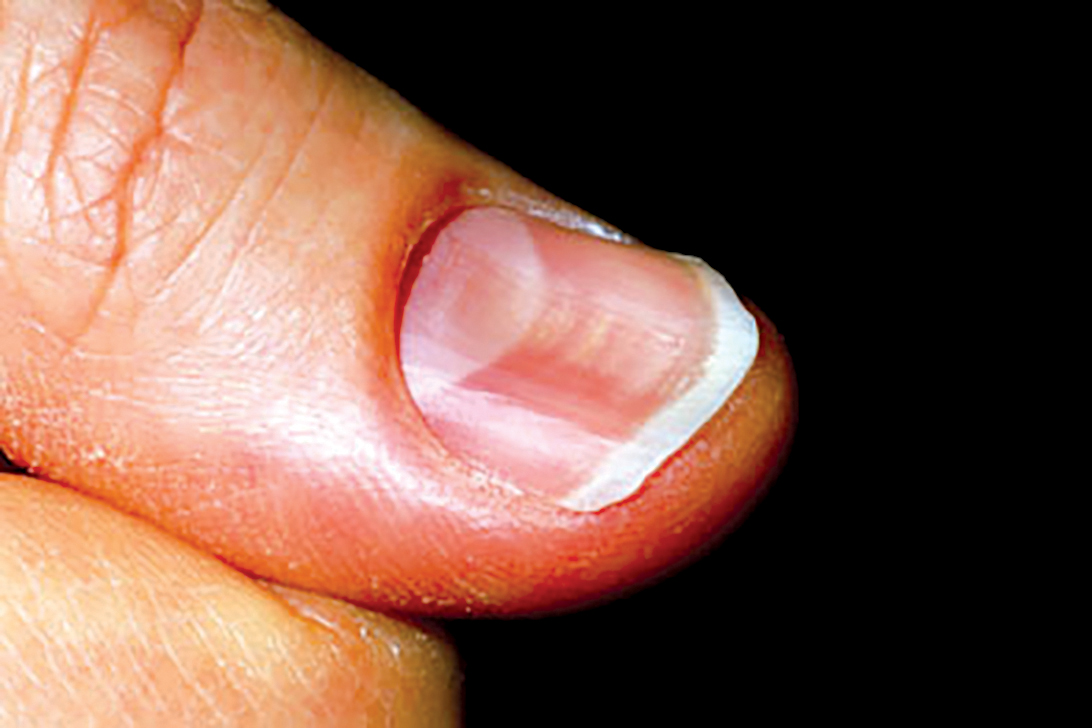Haemoglobin counts continue to be low even as the country’s development parameters improve. Awareness about nutrition is key
According to the National Family Health Survey 2016, India has the highest number of anaemic individuals globally — nearly 53% adult women and 50% pregnant women in India are anaemic.
Santanu Misra, co-founder of the non-governmental organisation Smile Foundation says, “A quick survey of the prevalence of anaemia in Delhi showed that the government’s health and nutrition programmes substantially reduce anaemia in children under five years of age and expectant mothers but fail to focus on girls and non-pregnant women.”
This claim was substantiated by a study from the International Food Policy Research Institute (IFPRI). It was also discovered that there has been minimal progress in the anaemia status among teenage girls and women under 50.
To assess the nutritional status of adolescent girls (14-19 years) in Banaskantha district of Gujarat, experts from Smile Foundation undertook a baseline study. The findings revealed the following:
- That 78% of adolescent girls were anaemic (varying from mild to severe) out of which 50% of the girls were moderately anaemic and 13% were severely anaemic
- Only 17.6% were attending school, with most respondents (49%) dropping out of school after Grade 6 or 8
- Around 84% of the respondents had never consumed any multi-vitamin or iron folic acid supplements
- Most of them have no awareness of anaemia and never given a thought about checking their anaemic status responding to the situation, Smile Foundation designed the intervention, Sampoorna, which has the following elements:
- A nutritious ‘ladoo’ is given twice a week and its ingredients are proven to increase the iron levels among adolescent girls
- The girls are given livelihood training — livestock rearing with a focus on increasing milk productivity among the cattle
- The girls are taught about organic farming and kitchen gardening
The initiative aims to inculcate proper dietary practices, improve the nutrition quotient, and empower girls who have livelihood capabilities. It caters to nearly 1,000 adolescent girls across 10 villages in Banaskantha, who have been diagnosed with mild to severe anaemia.
Obviously, prosperity has little to do with it. Anaemia prevalence has increased in Delhi and Goa for children, Delhi, Himachal Pradesh and Punjab for expectant mothers, and Delhi, Haryana, HP, Kerala, Meghalaya, Punjab, Tamil Nadu and UP for non-pregnant women. It is still a public health problem. in India.





